How you pack your bike – in a box or bag – can make all the difference when flying overseas. How many times have you heard others telling you that they have seen air luggage handlers “throwing” bike bags around? Perhaps you’ve seen the piles of bike bags at airports (they surely can’t be any good for your precious carbon bicycle). And there are always horror stories of broken bikes and bike parts from people who fly overseas. We reveal the best ways to pack a bike for safer carriage in a plane. When taking a bike on a plane – most likely because you are going on a bike touring holiday – the most significant worry is usually the flight and how your bike will arrive.
But it isn't all bad news
I read recently of a luggage handler who made a few valid points. He said that: a) Luggage handlers are generally lovely people who care about other people’s baggage, b) The threat of disciplinary action is enough to stop luggage handlers doing anything silly, c) Luggage handling is there for all to see from the airport windows so the public can easily view how much care is taken. But, of course, some passenger luggage does sometimes get damaged in transit. Even so, the luggage handler reckoned that most damage is done even before they touch a bag, for example, on conveyor belt systems, or because travellers have not packed their bikes correctly. In any case, bike bags are classed as “oversized” luggage, and these would typically be delivered to a different baggage handling area, alongside other large items such as prams, car seats and musical instruments. They are also loaded on to the plane last. This is to make it easier to get them off the aircraft at the other end.
Choosing a bicycle bag for flying:
There are four main options:
- Hard-shell case
- Softshell case, e.g. a bike bag
- Cardboard bike box
- Wrap in clingfilm
Advantages and disadvantages
Hard case: Usually more expensive and heavier. Choose a hard case with wheels for easier manoeuvring but even so it can be tricky when going upstairs, for example. Plus these hard boxes require a bit of expertise to pack the bike inside. Apparently, a bicycle box can also move around a lot – and even slide off – on the conveyor belt loaders, which makes them a bit of a hassle for staff. However, it stands to reason that a tough, hard and durable bike travel case will offer the greatest protection to your bike.
Soft bag: Generally cheaper and lighter to carry or wheel around (if it has wheels). They are more flexible regarding packing bikes and can be adapted to suit different sizes and shapes of bike. It’s claimed that baggage handlers prefer these bags because they have a bit more traction on the belt loader and don’t move about so much.
Cardboard box: Nice and cheap (or free from a friendly bike shop). They are also light to move around. However, they do not have wheels and can get banged about, dented and wet and soggy if it’s raining.
Clingfilm: It takes around three supermarket rolls to cover a bike. There is little protection from knocks and bangs, but the baggage handler can see what they are moving around. Some air companies might not accept an “unboxed” bike. When asked about the bike bag he would choose, the luggage handler (who is also a cyclist) said: An EVOC bike bag. This is a soft bag with wheels.
How to pack a bike in a box or bag
The hardshell cases usually come with a packing description or refer you to a YouTube video.
Softshell cases are a bit different. For some added protection you can add a sheet of cardboard to either side of the bike bag. If your bike bag does not have foam protection head to a foam shop and ask them to fit foam inside the sides and bottom of the bag. When packing the bike, you should remove both wheels and skewers. If you have wheel bags, pack them in these. Keep the skewers safe. Some people place something rigid (polystyrene block) between the front and back wheel forks to ensure they do not get bent or broken. Remove the pedals and keep these safe. Remove seat and seat post. Unscrew handlebars and remove from handlebar post. Screw bolts back in place loosely. Remove the rear derailleur or protect this with towels or bubble wrap. Place bike frame into a bag – usually chain down – and flatten the handlebars against the frame. You could loosely tape or tie these in place against the frame. If you choose, add bubble wrap or old towels/clothes around the frame. Protect any parts that are less rigid or sturdy. Place wheels either side of the frame and try to position so that nothing is lying awkwardly against anything. Add in seat and seat post. Place a small bag of skewers etc. in the bike bag. Add other items such as shoes, helmet etc. to pad out the bag and keep the bike protected. (But do remember that some air companies have bag weight limits.) You can also pack other items, such as clothes, around the bike if there is room.
Extra tips for taking bikes on planes
It’s claimed that keeping the weight of the bag or box down will avoid the potential for damage because heavy bags and boxes are much more difficult to move around. Regardless of the type of bag or case you opt for, make sure you put some padding around the most vulnerable parts of the bike, including the rear derailleur. If you choose to fill up the bag or box, make sure rigid items like bike pumps aren’t free to move around the bag. If you choose to use a cardboard bike box, make sure you tape up the handles as well as the top of the box. It’s common for the handles on cardboard bike boxes to tear when lifting. Look out for our bike bag packing video coming soon.
- This is an updated version of a post originally published in June 2014











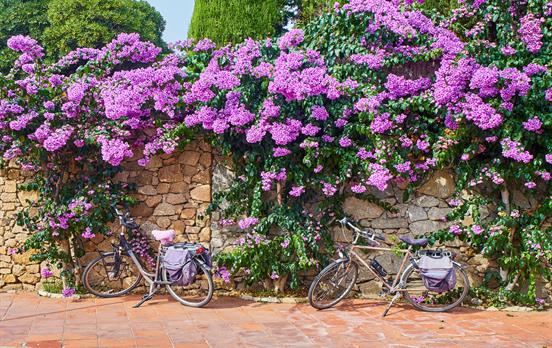


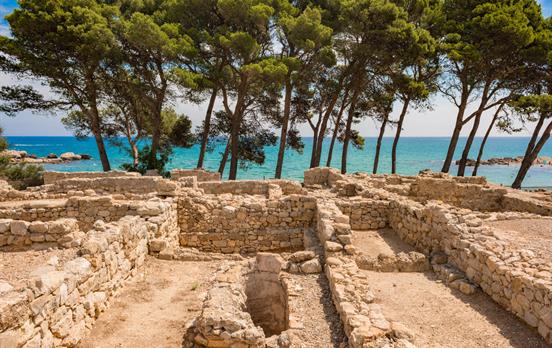
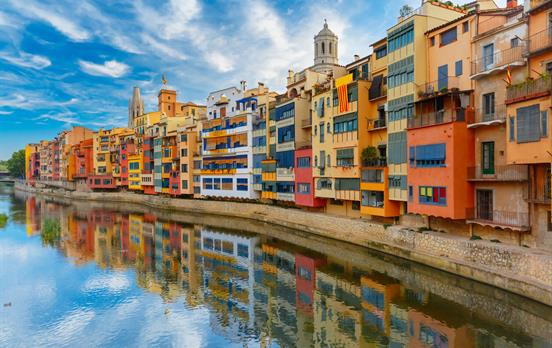






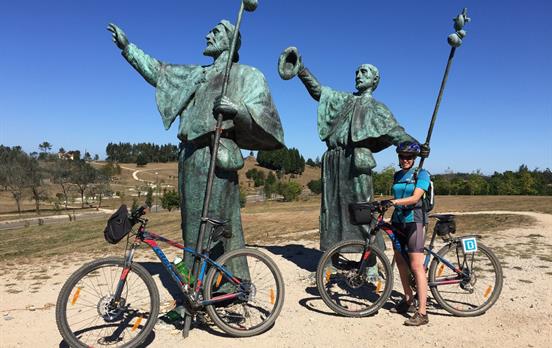
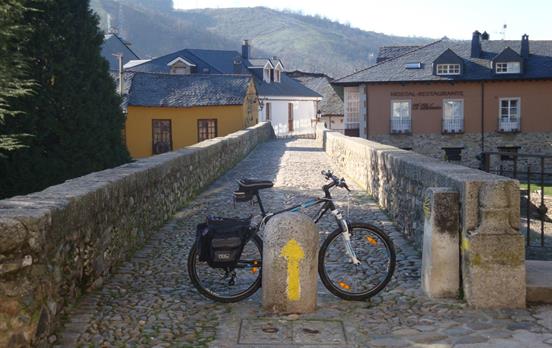



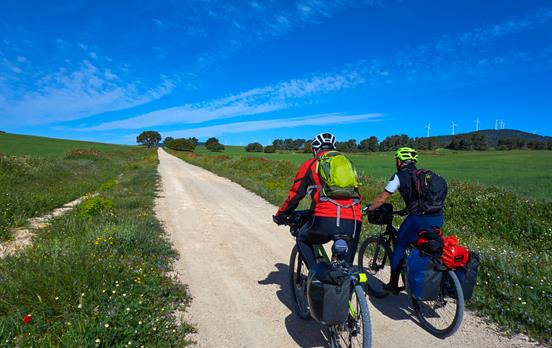

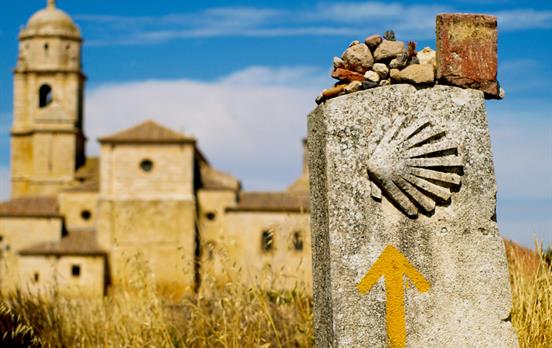


 Australia
Australia New Zealand
New Zealand South Africa
South Africa European Union
European Union